The Seasonal Checklist Roofers Wish Every Homeowner Followed
Your roof is one of the most important parts of your home, but it's also one of the most commonly overlooked. While we might notice peeling paint or a drafty window, the roof quietly does its job—until it doesn’t. By the time a problem becomes visible from the inside, it’s often already a major issue. That’s why professional roofers often stress the importance of preventative maintenance.
Each season brings unique challenges that can affect the condition of your roof. From heavy snowfall to scorching UV rays, your roof takes a beating year-round. Knowing what to look for and when can help you extend the life of your roof, protect your investment, and avoid costly repairs down the road.
Here’s the seasonal checklist roofers wish every homeowner followed to keep their roof in top shape throughout the year.
Spring: Post-Winter Recovery
Winter is hard on roofs. Between freezing temperatures, ice dams, and the weight of snow, even a newer roof can sustain damage. When the snow melts and the temperatures start to rise, it’s time to inspect for trouble spots.
Start by visually inspecting your roof from the ground. Look for shingles that may have cracked, curled, or gone missing altogether. Take a close look at the gutters too. If you find granules in them, it could be a sign that your shingles are deteriorating.
Spring is also a great time to check for moss or algae growth. Moisture-loving moss thrives in damp conditions and can lead to long-term damage if left unchecked. You may need to schedule a professional cleaning or use an appropriate moss-killing product that won’t harm your shingles.
Inside the attic, check for any signs of water intrusion. Wet insulation, stained wood, or a musty smell can all indicate roof leaks. If you're unsure what you're seeing, this is a good time to call in a local expert for a second opinion.
Summer: Heat and UV Protection
While most people associate roofing problems with storms and heavy snow, summer can be equally harsh. The sun's UV rays gradually break down roofing materials, especially on older homes. High temperatures can also cause materials to expand and contract, leading to warping or cracking.
During summer, have your roof inspected for signs of sun damage. Shingles that appear bleached, brittle, or buckling may need replacing. Flashing around chimneys and vents should be secure, as the heat can loosen seals and allow moisture in during the next rainstorm.
This is also an ideal time to trim back tree branches that overhang your roof. Not only do they drop debris that can clog gutters, but in high winds, they can scratch or even puncture roofing materials.
Summer storms can bring strong winds and hail. After a big storm, even if there’s no obvious damage, it’s worth doing a quick check for missing shingles or dents in metal flashing. Roofers often recommend scheduling a professional inspection annually, and summer is a convenient time to do it.
Fall: Gutter Cleaning and Prep Work
As leaves begin to fall, your gutters quickly become clogged with debris. This can lead to water backing up under your shingles and causing rot along the roofline. Cleaning your gutters should be a top priority in the fall, and it might need to be done more than once depending on how many trees are nearby.
Gutter guards can be a worthwhile investment to cut down on maintenance and protect your roof's drainage system. Ensure downspouts are clear and that water is being directed away from your home’s foundation.
Fall is also a smart time to inspect your attic’s insulation and ventilation. As temperatures drop, you’ll want to make sure your home retains heat without creating conditions that cause ice dams. Proper airflow in the attic helps regulate temperature and moisture levels, reducing the chances of condensation and mold growth.
This is also a good season to take note of any long-term repairs that need to be addressed before winter. Loose shingles, deteriorated flashing, or sagging gutters are much easier (and safer) to fix now than during freezing temperatures or icy conditions.
According to Forbes, roofing manufacturers typically make roofing by the square, which is equal to 100 square feet. Knowing this can help homeowners understand estimates and material requirements if they do decide to move forward with repairs or replacements in the fall. It’s easier to schedule work in this season too, as roofers often book up fast once winter weather arrives.
Winter: Monitoring and Emergency Awareness
In the winter, your role is more about observation and emergency readiness than active maintenance. Snow accumulation, ice dams, and freeze-thaw cycles can all take a toll on your roof—especially if it’s already in compromised condition.
Heavy snow can cause stress on your roof structure, particularly if the roof pitch is low. While most roofs are built to handle snow loads, prolonged accumulation can increase the risk of damage. If safe to do so, use a roof rake to clear excess snow. Avoid climbing up to shovel it off—this is dangerous and could damage shingles.
Ice dams are another major winter issue. They form when snow melts from the roof's surface and then refreezes at the edges, creating a barrier that prevents proper drainage. This forces water back up under the shingles and into the attic. Heat cables, better insulation, and improved attic ventilation can all help prevent ice dams.
Also, listen for unusual sounds during winter storms. Creaking or popping noises may be signs of structural stress. If you suspect your roof is under strain, it’s time to call a professional to evaluate the situation.
Even if winter is not the ideal time for major roofing projects, many emergency repairs can still be made. Keep the contact information for a trusted local roofing company handy just in case you need fast help during a cold snap or snowstorm.
Year-Round Habits That Make a Difference
Beyond the season-specific tasks, there are some general practices that can help your roof last longer and perform better.
One of the best things you can do is keep an ongoing record of inspections, repairs, and materials used. This is especially useful if you sell your home, but it also helps when you're comparing quotes or diagnosing recurring issues. Roofers appreciate it when homeowners know their roof’s history—it leads to quicker, more accurate service.
If you have a satellite dish, solar panels, or other equipment mounted to your roof, inspect the seals and mounts annually. These penetrations are weak points that can lead to leaks over time.
Finally, don’t forget about the roof warranty. Many manufacturers offer warranties that require periodic inspections or maintenance to stay valid. Keep receipts, reports, and photos in a safe place so you’re covered in case of material defects or premature failure.
Consistent care doesn't just extend the life of your roof—it also protects everything underneath it.
Your roof works hard every day to protect your home from the elements, and a little seasonal care goes a long way. By following the same checklist that experienced roofers wish more homeowners used, you can prevent small issues from turning into major repairs and keep your home safe, dry, and comfortable all year long.
From checking for post-winter damage to cleaning out fall gutters and monitoring snow loads in winter, these simple habits can make a world of difference. It’s not about climbing up there yourself—it’s about knowing what to look for, when to call for help, and how to stay ahead of problems.
Ready to take the next step in protecting your home? Contact Roofing Unlimited Inc today to schedule your seasonal roof inspection and ensure your roof is ready for whatever the weather brings.

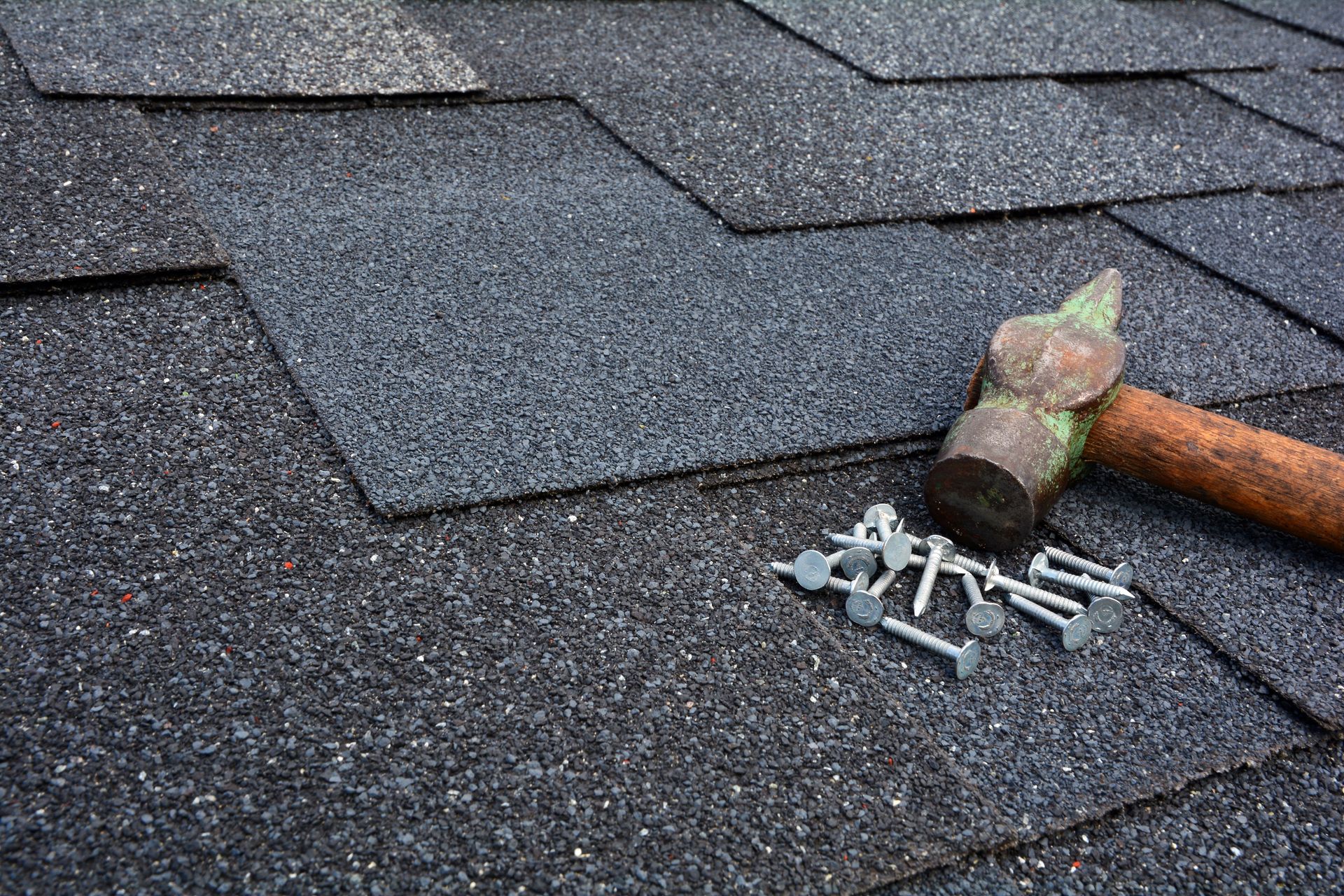

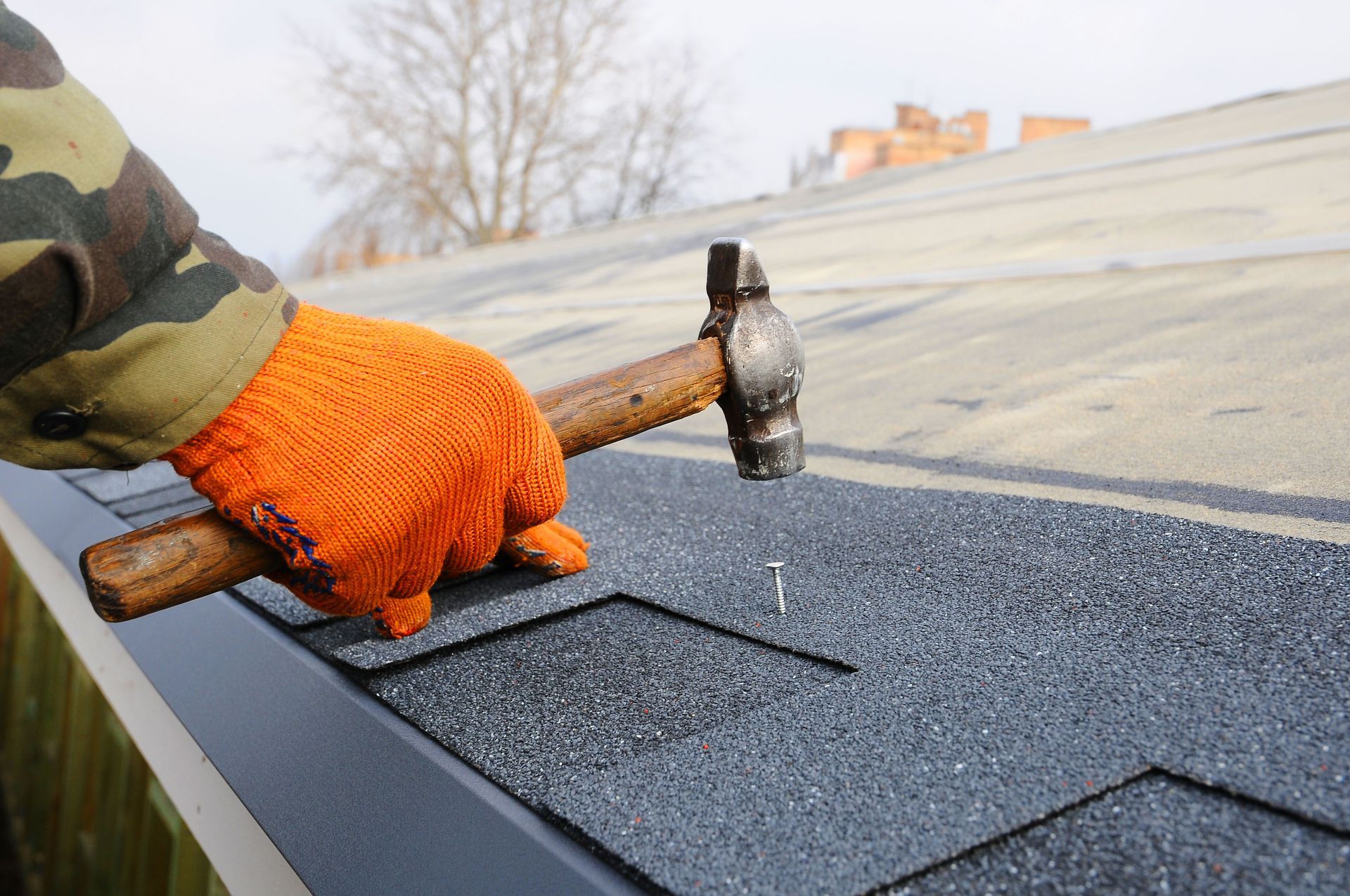
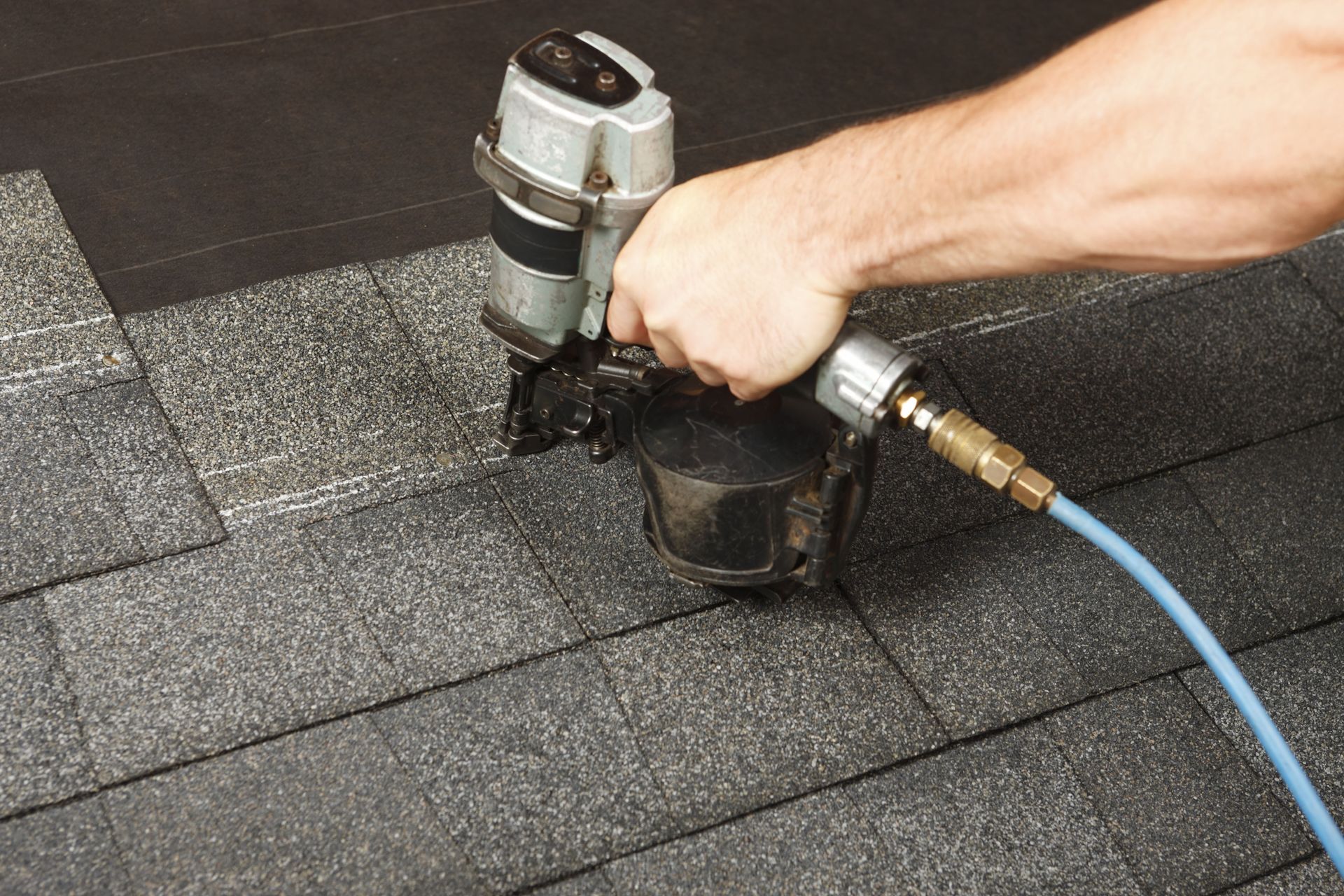
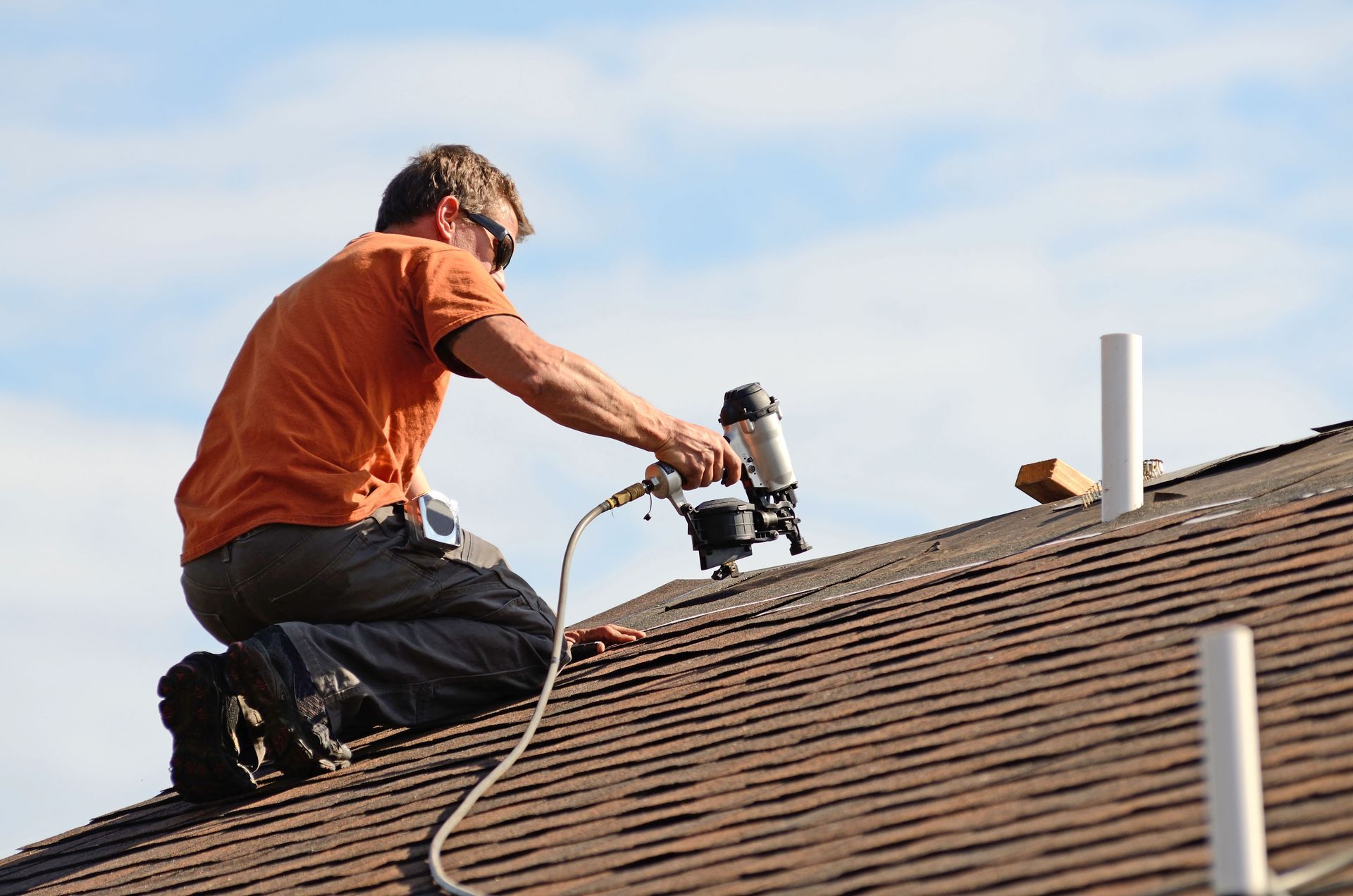
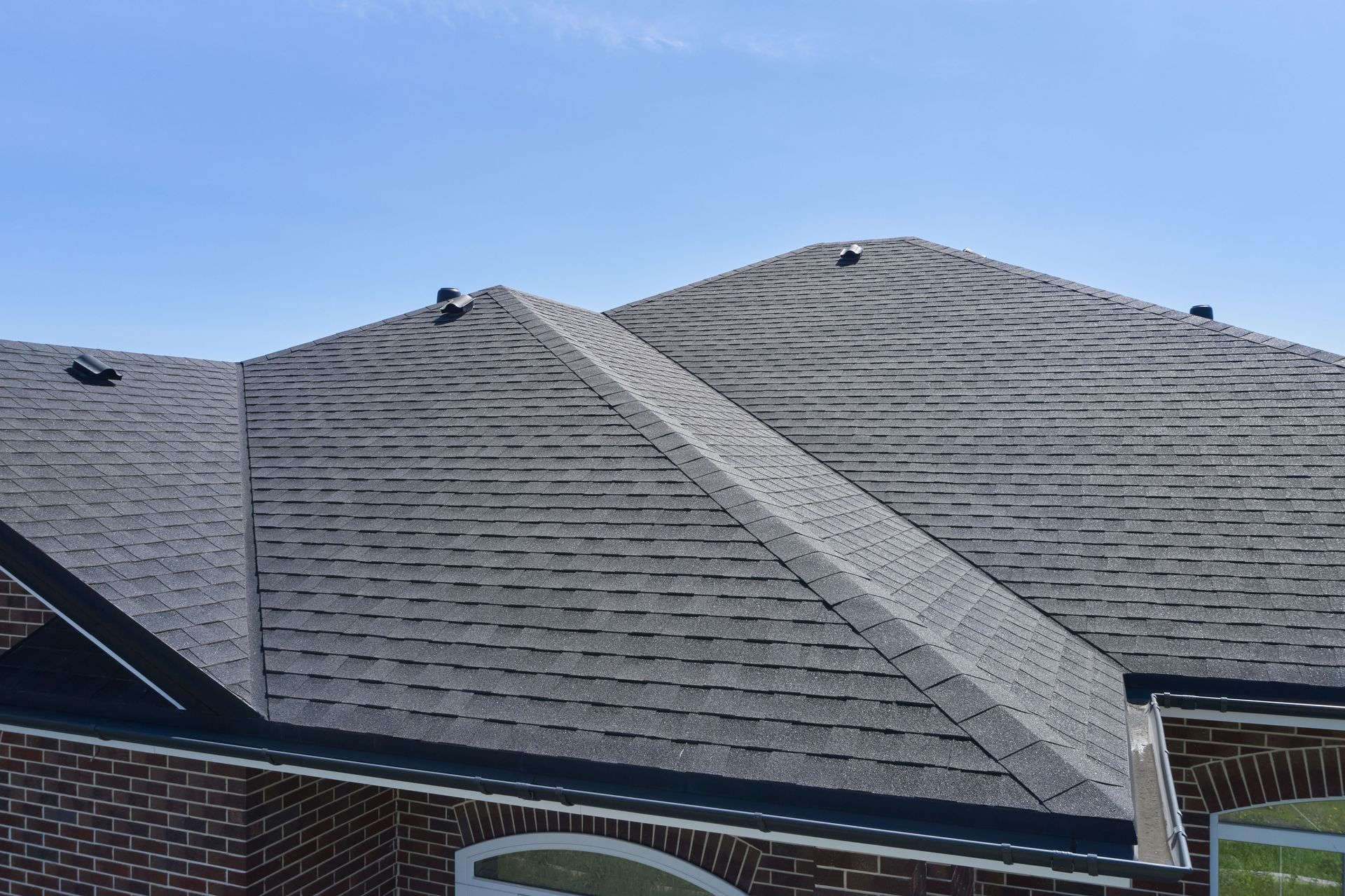
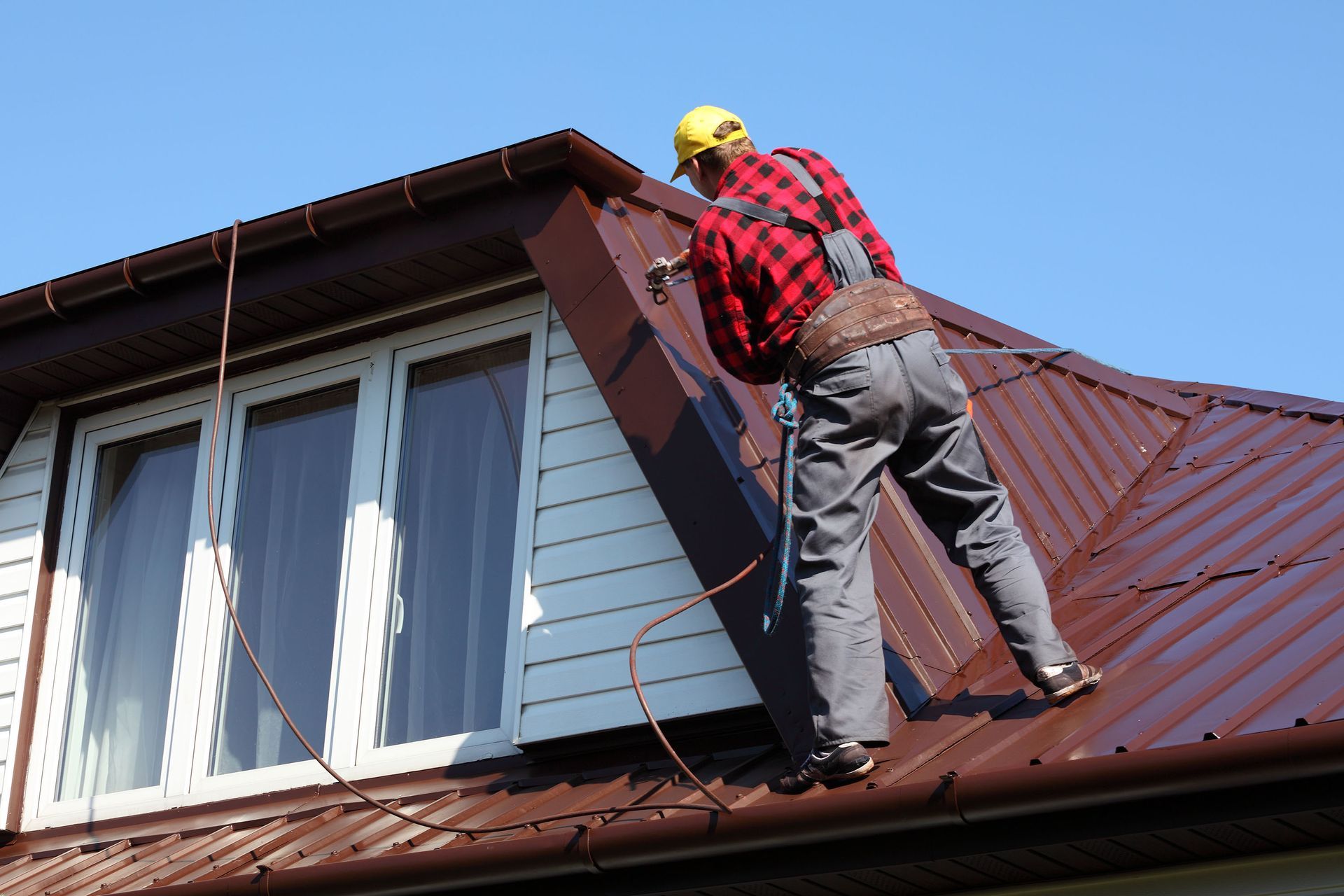
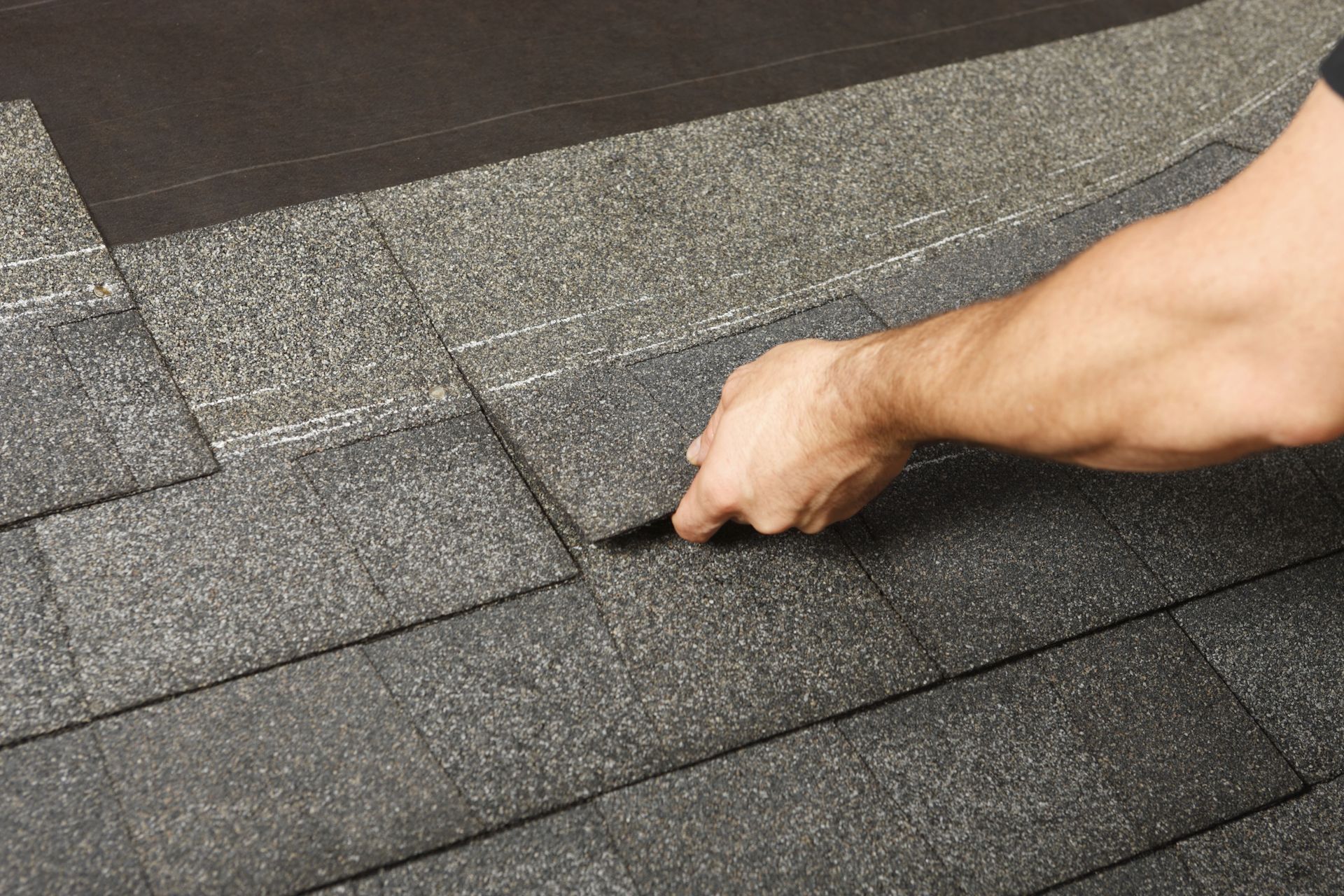

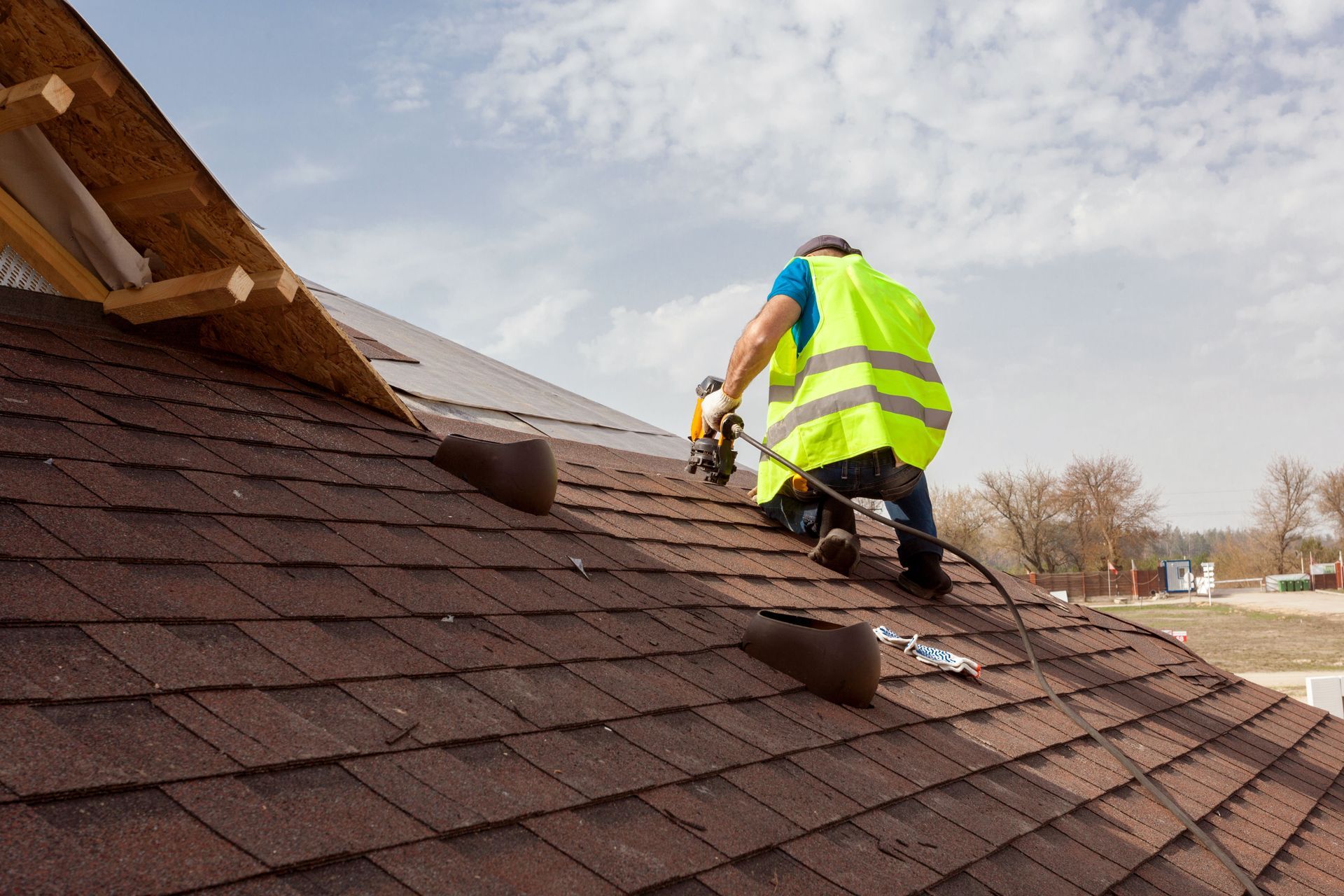
Share On: